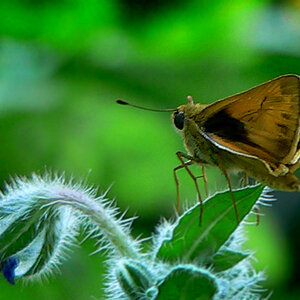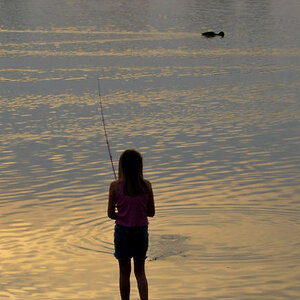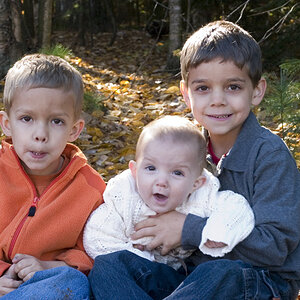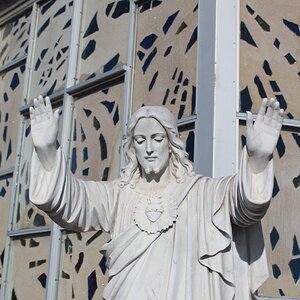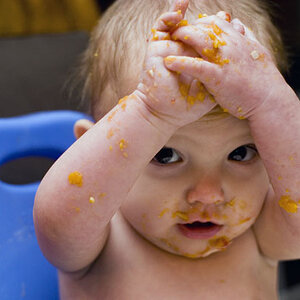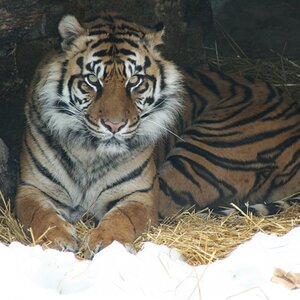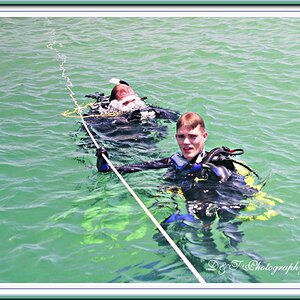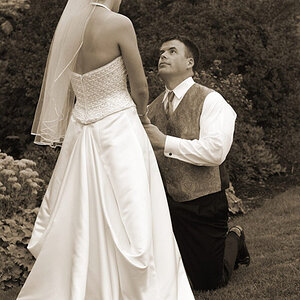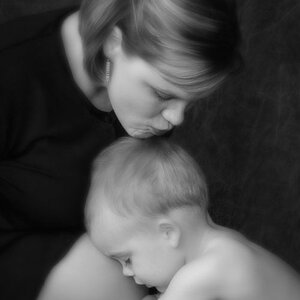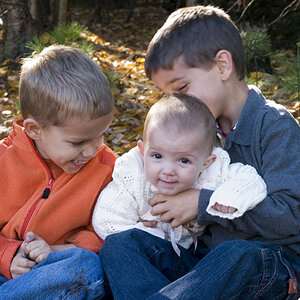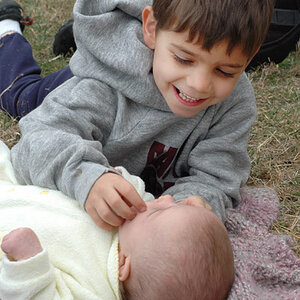viridari
TPF Noob!
- Joined
- Dec 4, 2008
- Messages
- 86
- Reaction score
- 0
- Location
- Raleigh
- Website
- viridari.wordpress.com
- Can others edit my Photos
- Photos NOT OK to edit
Looking at my portrait shots, I think I had a white balance issue, as well in my latest bunch, but the color just looks so blah..

The first thing I notice is that they are completely washed out with light and there is no shadow.
I think with good use of flash, you diminish shadow, or even enhance the image through manipulation of shadow through lighting technique.
This is a hastily done example, but with just one strobe used creatively (off-camera) you can get good color and detail. I would do this image a little differently if I meant it to be a serious portrait but this was more or less just experimenting with using a single strobe to see how effective it could be for portraiture.

My main beef with that is that too much of her eye surface area is in shadow, and the eyes are how we connect with our subjects. Easily remedied.
This was another test shot, done with two lights. The lights are off to either side of the subject, not in front of the subject. Once could hardly say that the color or detail has been washed out of this.

I'd be interested in hearing more about how your lights are set up and what sort of exposure you're using.







![[No title]](/data/xfmg/thumbnail/40/40412-73276feced223de99c761fc2cc279db5.jpg?1619739461)
